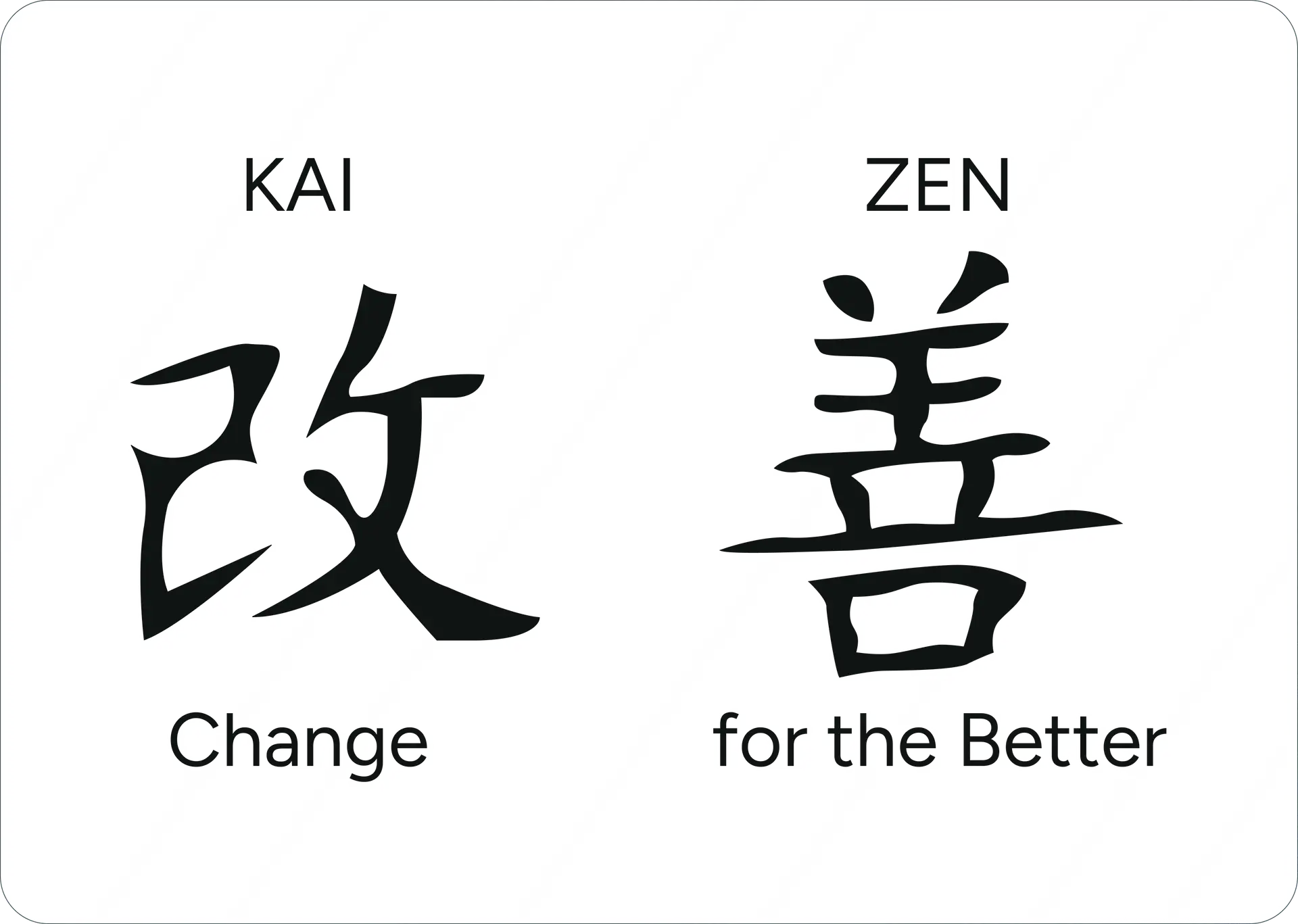In digital marketing, success doesn’t come from guesswork, it comes from structured methodologies that create tangible results. That’s exactly how I work. My process isn’t just about delivering a good-looking website, ad campaign, or content strategy; it’s about ensuring that every decision, from planning to execution is intentional, efficient, and aligned with audience preferences for long-term impact.
In this post, I’ll break down my work approach: how I combine design thinking, the Kaizen methodology, and user-centered decision-making, and how these principles translate into real value across different projects.
Let’s start with “What is Design Thinking?” It’s more than just a buzzword, it’s a human-centered approach that solves complex problems by deeply understanding your user’s needs. While traditionally used in UX/UI design, its principles are just as effective in digital marketing, creating more authentic, impactful strategies. Here’s how:
Understanding your customer’s world:
At the core of design thinking is empathy. It’s about truly stepping into your customer’s shoes, not just knowing what they need, but why they need it. What are their experiences, motivations, and emotions? What values do they stand for? What challenges do they face? In digital marketing and UX/UI this means creating copy and content that genuinely resonates with them, making your audience feel understood, not targeted.
Focusing on the right challenge:
Once you deeply understand your audience, the next step is to clearly define what challenge you need to solve. The key is to prioritize a challenge that once solved, translates into real business value. Example: Why are my posts performing worse than last month if I haven’t changed my strategy? Defining the right problem guides marketing decisions, ensuring your campaigns address audience concerns and needs. This results in more relevant, high-trust marketing strategies that feel personal, not generic.
Coming up with meaningful and unique solutions:
Your audience doesn’t want the same message they’ve heard before, they crave fresh and meaningful ideas. That’s where collaborative ideation comes in. This step brings together different perspectives from teams while keeping the audience at the center of every idea. It helps uncover innovative angles that differentiate your brand and build genuine audience interest and community through your marketing activities.
Structuring ideas into actionable campaigns:
Now it’s time to turn abstract ideas into structured campaigns that can be tested and refined. It is important to ask yourself, What exactly will be implemented? And, does this align with my business goals and audience expectations? This stage identifies potential weaknesses early, allowing you to pivot towards stronger, more relevant solutions before full rollout.
Continuous refinement and Optimization:
This is the final step, but it’s not the end. Design thinking is not a one-time process, it’s iterative. Here, you test, evaluate, and refine so strategies remain relevant to customers and high-performing for business goals. The real power of design thinking is that it’s cyclical, not linear, you constantly loop back to previous steps to optimize and improve.

Now, what exactly is Kaizen, and how does it tie to business success? Kaizen, meaning ‘change for the better,’ is a philosophy of continuous improvement. It focuses on small, consistent enhancements to processes, products, or services, eliminating inefficiencies and optimizing performance. Implementing minor, regular improvements can cumulatively result in substantial positive outcomes. For example:
In design, regularly refining interfaces and interactions based on your user’s feedback can improve their experience, leading to increased engagement and even conversions (“You buy from where you feel comfortable”). In marketing, continuously optimizing your strategies, such as adjusting your content to closely meet your audience expectations or segmenting your audiences into smaller groups can improve your conversion rates and keep your brand at the tip of your customer’s tongue. And in business in general, regularly assessing and adjusting your processes can lead to more agile operations, better resource allocation and competitiveness.
A great real world example is Toyota, known for its Kaizen-driven manufacturing excellence, applying this philosophy to its marketing strategies as well. By continuously analyzing customer feedback and market trends, Toyota implements small, incremental changes in its marketing campaigns. Toyota’s approach ensures their messaging remains relevant and resonates with consumers, leading to sustained engagement and brand loyalty. Learn more here.

To me, the real power of Design Thinking, Kaizen, and User-Centered Decision-Making isn’t in their individual principles, but in how they work together to create efficient, effective, and a high-impact work process.
When working on projects, I don’t apply Design Thinking, Kaizen, and User-Centered Decision-Making in isolation, I integrate them into a continuous, iterative process that ensures every decision is structured, intentional, and optimized for impact. Design Thinking helps me uncover key audience insights, guiding the foundation of my work with a structured approach to problem-solving. Once a strategy, design, or campaign is developed, Kaizen helps me ensure continuous refinements through small, data-backed optimizations that improve performance over time. At the core of it all is User-Centered Decision-Making, which acts as the thread connecting both methodologies, ensuring that every iteration is aligned with audience behaviors, preferences, and needs. This approach isn’t just about improving individual tactics, it’s about creating a work process that is adaptable, insight-driven, and consistently evolving to deliver the best possible results.